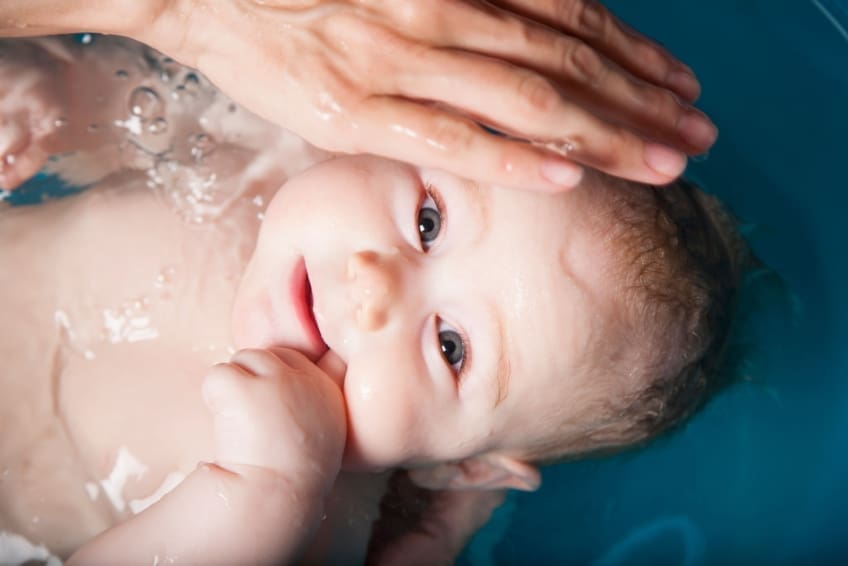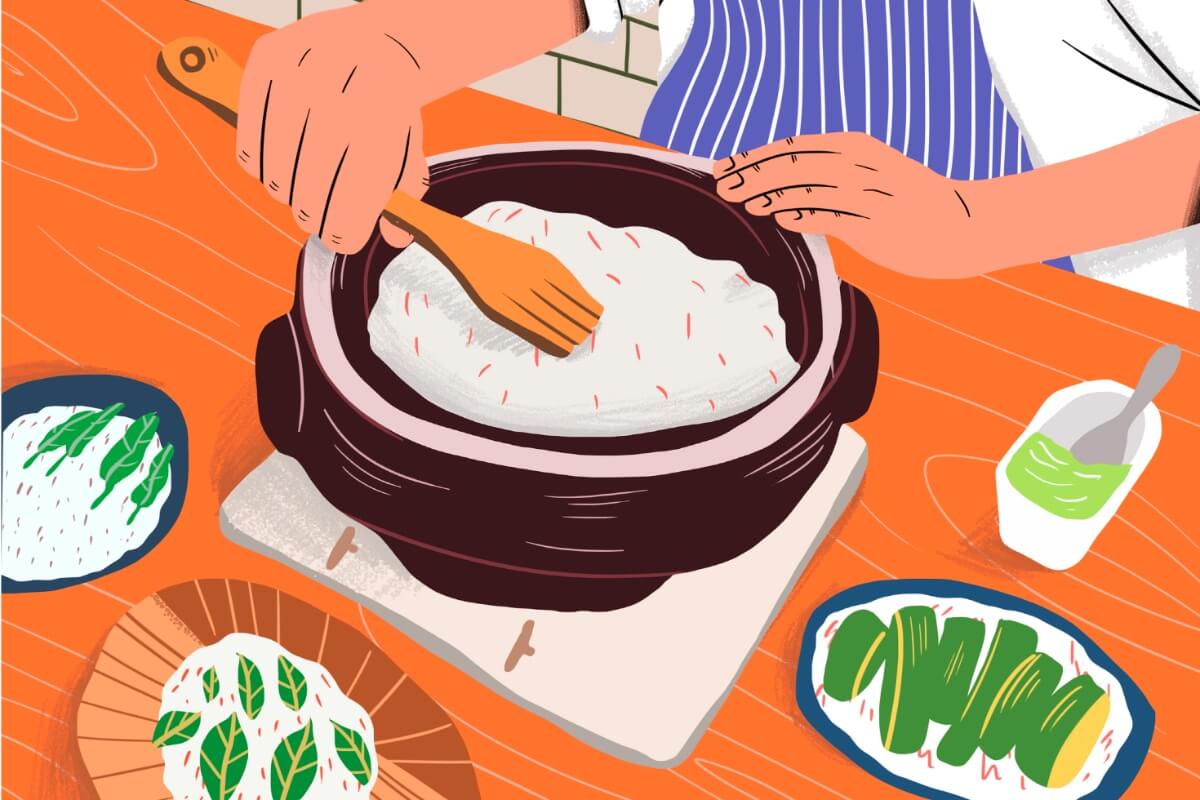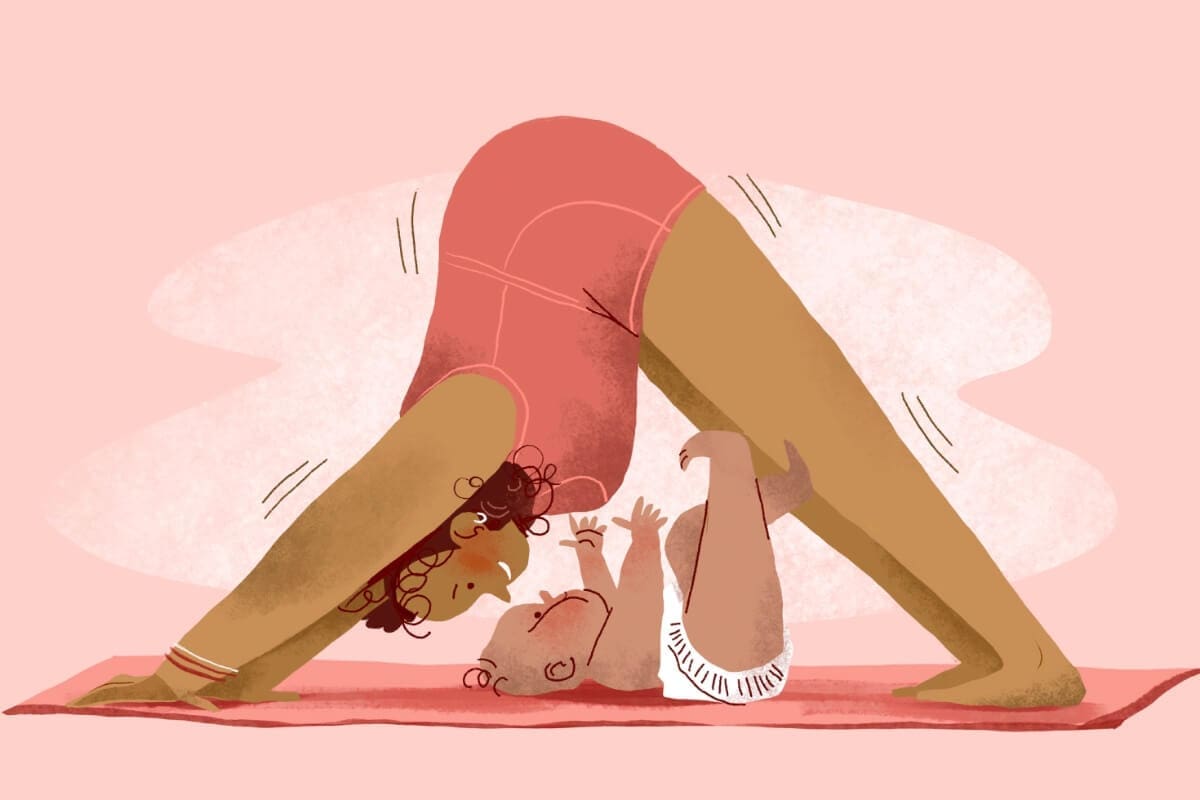
Bringing your newborn baby home from the hospital can be a joyful time. But it can also be a time when you have many questions about everything. Even something as seemingly simple as bathing your baby can feel overwhelming if you don’t know where to begin.
There are a few things you need to know, but with the proper steps, bath time can be a fun and bonding experience for you and your baby.
Path to improved health
Your baby will probably receive their first bath at the hospital. The World Health Organization recommends waiting 24 hours after birth. Bathing too soon can disrupt skin-to-skin care and mother-child bonding. It may also affect success in breastfeeding.
Once you get your baby home, they won’t need a bath every day. The American Academy of Pediatrics recommends 3 baths per week. When your baby comes home, the stump of the umbilical cord may still be attached. Until it falls off, you should only give your baby sponge baths. Do not put them in a tub or sink full of water. The stump will usually fall off after 1 or 2 weeks.
To give your baby a sponge bath:
- Gather supplies. This should include a bowl of lukewarm water, a washcloth, and a mild baby soap.
- Lay your baby on a comfortable, flat surface. This can be a changing table, bed, countertop, or even the floor. Use a towel to keep the surface comfortable and your baby warm. If you are bathing on a high surface, keep one hand on your baby at all times.
- Start with the head and face. Dip the washcloth into the water and gently wash around your baby’s face. This should include the neck and behind the ears.
- Clean the rest of the body. Rinse the washcloth in the water and clean the rest of the baby, leaving the diaper area for last.
Once the umbilical stump falls off and heals, your baby will be ready for a regular bath. For this, you should use an infant tub or your kitchen or bathroom sink. The first baths should be gentle and brief until the baby gets used to it.
The process for bathing your baby in the water is similar to the sponge bath. There are a few things you should be aware of:
- Choose a safe infant tub. If you are going to use an infant tub, the U.S. Consumer Product Safety Commission recommends a hard, plastic tub with a sloped, textured surface. This will keep your baby from sliding into the water.
- Avoid using a bath seat. These can tip over easily, causing a child to fall into the bathwater and drown.
- Never leave your baby alone. You should have all supplies within reach so you can keep one hand on your baby at all times. If you must do anything that requires you to leave the bathing area, take the baby with you.
- Check the water temperature. The bath should be warm rather than hot. Fill the tub or sink with only 2 inches of water.
- Let your baby play. If your baby enjoys the bath, let them splash and have fun. This will help prevent them from being afraid of the water.
When bath time is over, wrap a towel around your baby to keep them warm. Gently pat them dry. You can use a small amount of hypoallergenic, fragrance-free moisturizing lotion to prevent dry skin.
Things to consider
In addition to cleaning your baby, you need to make sure the sink—and later the tub—you use are properly cleaned after each bath.
For kitchen sinks, you should use a recommended cleaner. This can change depending on the material.
- For porcelain, use a non-abrasive, all-purpose cleaner disinfectant. It can be in either liquid or powder form.
- For a stainless-steel sink, you can polish it with a cloth dipped in white vinegar or ammonia.
- Rinse and wipe down the sink after each use.
- Any towels or cloths you used should be left out to air dry or laundered in the washing machine. They should be replaced each time you bathe your baby.
For bathtubs, the cleaning process is similar.
- Rinse the tub after each use. This helps prevent the formation of soap film and hard water deposits.
- Use a small sponge to wipe down the tub walls after bathing.
- Use a towel or squeegee on shower walls. You can also dry the faucets and handles to prevent water spots.
- Keep your shower doors or curtains open to help prevent mildew. Mildew stains can be removed with a liquid bleach.
- Mist tub surfaces with daily shower cleaner while the walls are wet and warm. Spray foams and thick liquids are the most effective cleaners for vertical surfaces.
Other suitable bathtub cleaners include:
- Tub/tile/sink cleaner
- Non-abrasive, all-purpose cleaner
- Disinfectant cleaner
- Mild, abrasive cleaner (liquid or powder)
- Hard water mineral remover (for mineral deposits).
Questions to ask your doctor
- What kind of soap is safe to use for bathing my baby?
- How often should my child have a bath?
- What do I do if the umbilical cord stump hasn’t fallen off after 2 weeks?
Resources
American Academy of Dermatology Association: How to Bathe Your Newborn
American Academy of Pediatrics: Bathing Your Baby
![]()
Copyright © American Academy of Family Physicians
This information provides a general overview and may not apply to everyone. Talk to your family doctor to find out if this information applies to you and to get more information on this subject.











